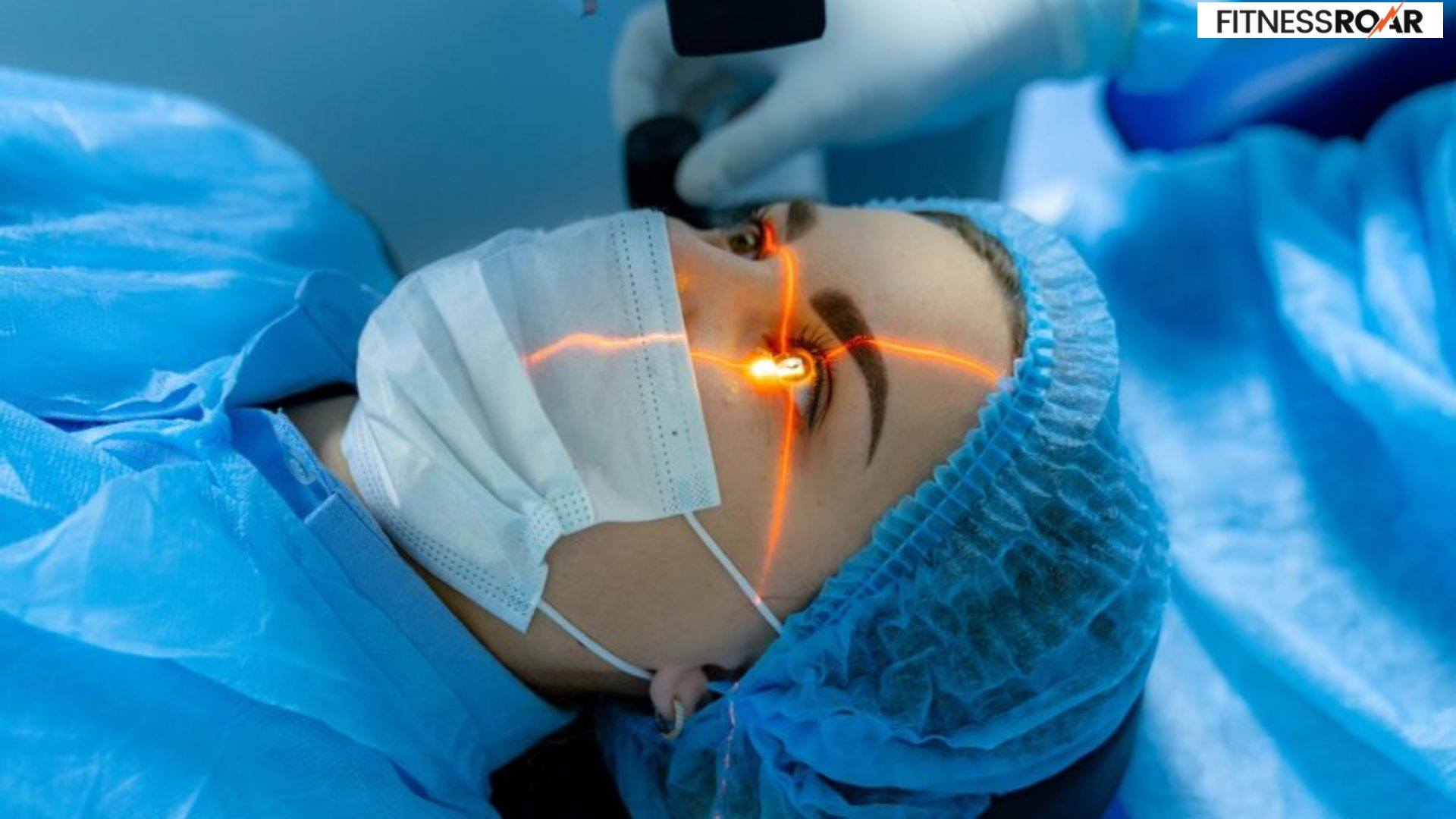The Truth About EDTA Side Effects

EDTA is a molecule that can bind to metal ions. This characteristic makes it useful for various applications. In medicine, it’s primarily used as a chelating agent, meaning it can grab onto and remove heavy metals from the bloodstream. This is helpful in cases of heavy metal poisoning, particularly lead poisoning. EDTA also finds uses in preserving food and cosmetics due to its ability to prevent metal-based spoilage or discoloration.
While EDTA offers benefits, it’s crucial to understand the potential drawbacks before using it. EDTA, especially when administered in high doses or for extended periods, can have side effects. These can range from mild discomfort to serious health complications. By being aware of these possibilities, you can make informed decisions about EDTA use, whether for medical treatment or in consumer products. Knowing the risks allows for discussions with a doctor regarding potential benefits versus drawbacks in a medical setting. In the case of consumer products, this awareness empowers you to choose products that don’t contain EDTA if you have concerns.
Also Read: Surprising Benefits of Organic Milk
Side Effects of EDTA
EDTA can cause a range of side effects, some mild and others potentially serious. The severity and type of side effects depend on several factors, including the dose, duration of use, and the individual’s health condition.
Gastrointestinal disturbances: These are some of the most frequent side effects associated with EDTA. They may include nausea, vomiting, diarrhea, and abdominal cramps. These issues typically resolve on their own after stopping treatment or reducing the dosage.
Headaches: Headaches are another commonly reported side effect of EDTA use. They can range from mild to severe and may be accompanied by nausea.
Fatigue: People receiving EDTA treatment sometimes experience fatigue or tiredness. This can be due to the treatment itself or an underlying condition being treated.
Allergic reactions: While less frequent, allergic reactions to EDTA can occur. Symptoms may include rash, itching, swelling, or difficulty breathing. It’s crucial to seek immediate medical attention if you experience any signs of a severe allergic reaction.
Kidney damage: EDTA can be harsh on the kidneys, especially at high doses or with prolonged use. This is because the kidneys are responsible for filtering excess EDTA and the metals it binds to from the bloodstream. Pre-existing kidney problems increase the risk of EDTA-related kidney damage.
Hypocalcemia (low calcium levels): EDTA can bind to calcium in the body, leading to a decrease in blood calcium levels (hypocalcemia). This can cause muscle cramps, numbness, tingling, and even seizures in severe cases.
Hypotension (low blood pressure): EDTA can cause a drop in blood pressure (hypotension). This can lead to dizziness, lightheadedness, or fainting.
Neurological symptoms: In rare instances, high-dose EDTA treatment can lead to neurological problems like numbness, tingling, or weakness.
It’s important to note that this is not an exhaustive list of all potential side effects. If you experience any concerning symptoms while using EDTA, it’s vital to consult a healthcare professional immediately.
Also Read: Best Teas for Effective Weight Loss
What Happens When You Take EDTA?
EDTA works by chelation, meaning it binds to metal ions with its molecule’s structure. When taken into the body, EDTA circulates in the bloodstream. Here, it encounters various metal ions, including potentially harmful heavy metals like lead or mercury. EDTA’s strong attraction to these metals allows it to grab them and form a complex. This complex is then filtered by the kidneys and eliminated through urine.
The immediate effects of EDTA depend on how it’s administered.
Intravenous (IV) administration: This is the most common method for medical use. Immediate effects might include a metallic taste in the mouth, burning sensation at the IV injection site, or mild nausea.
Oral administration: Oral EDTA has very low absorption in the gut and isn’t typically used for medical purposes.
The long-term effects of EDTA depend on several factors, including:
- Dosage: Higher doses and longer durations of use increase the risk of side effects.
- Administration method: IV administration carries a higher risk of side effects compared to oral (which has minimal absorption).
- Individual health: People with pre-existing kidney problems or electrolyte imbalances are more susceptible to side effects.
Long-term use of EDTA can potentially lead to:
- Kidney damage: As mentioned earlier, EDTA can be taxing on the kidneys, especially with prolonged use.
- Electrolyte imbalances: EDTA can bind to essential minerals like calcium and magnesium, leading to deficiencies.
- Other potential complications: In rare cases, long-term use might be linked to nerve damage or problems with blood pressure regulation.
Important considerations
- EDTA is a powerful chelator and should only be used under medical supervision.
- It’s not a magic bullet for detoxification or general health improvement.
- If you suspect heavy metal poisoning, consult a doctor for proper diagnosis and treatment.
- Be cautious about products containing EDTA, as its safety in everyday consumer goods is not always established.
Also Read: Best Foods for Brain Health
In Crux
EDTA can be a valuable tool in medicine, particularly for treating heavy metal poisoning. However, it’s crucial to be aware of the potential side effects and use it under proper medical supervision. By understanding the risks and benefits, you can make informed choices regarding EDTA use and prioritize your overall health.
How much did you like Our detailed Understanding EDTA Side Effects: Risks & Complications? Please share your view in the comment box. Also, please share these Blogs with your friends on social media.
Recommended














